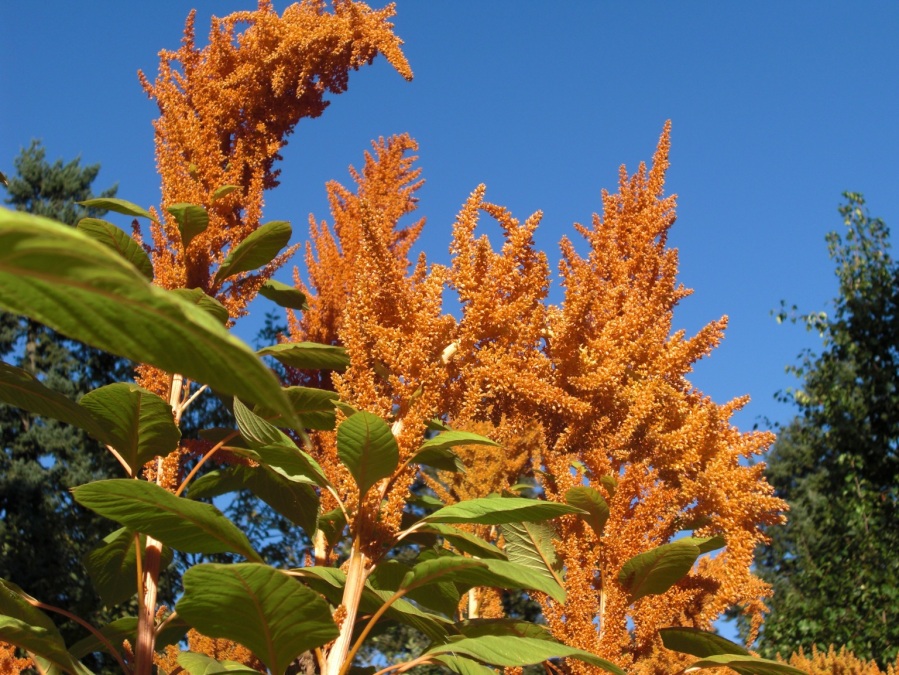Saturday, 25 January 2014 09:28
By Andalusia Knoll and Itandehui Reyes, truth-out.org
Note: truth-out does great work in sharing knowledge about the reasons we should not yet give up any struggle. In this great piece one should not overlook this paragraph:
mandar obedenciedo (command by obeying): to serve and not be served; represent and not supplant; build and not destroy; propose and not impose; and convince, not defeat, from below not above.
 Speaking in the mountains of Chiapas, Mexico, on a cold drizzly New
Year's Eve, the Zapatista Comandante Hortensia addressed the crowd:
"Twenty-five or 30 years ago we were completely deceived, manipulated,
subjugated, forgotten, drowned in ignorance and misery." She was
communicating the official words of the Zapatista Army of National
Liberation (EZLN) on the 20th anniversary of their rebellion, when
thousands of indigenous people rose up in arms, took over dozens of
major towns and villages in this southern state, and declared "enough is enough, never again will there be a homeland that doesn't include us."
Speaking in the mountains of Chiapas, Mexico, on a cold drizzly New
Year's Eve, the Zapatista Comandante Hortensia addressed the crowd:
"Twenty-five or 30 years ago we were completely deceived, manipulated,
subjugated, forgotten, drowned in ignorance and misery." She was
communicating the official words of the Zapatista Army of National
Liberation (EZLN) on the 20th anniversary of their rebellion, when
thousands of indigenous people rose up in arms, took over dozens of
major towns and villages in this southern state, and declared "enough is enough, never again will there be a homeland that doesn't include us."Comandante Hortensia went on to explain how over the past two decades, they have constructed their own autonomous government, complete with their own health and education system, based in the indigenous traditions of their ancestors. Despite the continual efforts of the "neoliberal bad government" to displace them from their land, the Zapatistas have successfully recuperated thousands of acres of land on which they have constructed communities that are governed "from the bottom up." Community members participate in rotating government positions that operate under the democratic principle of "mandar obedeciendo" (commanding by obeying).



